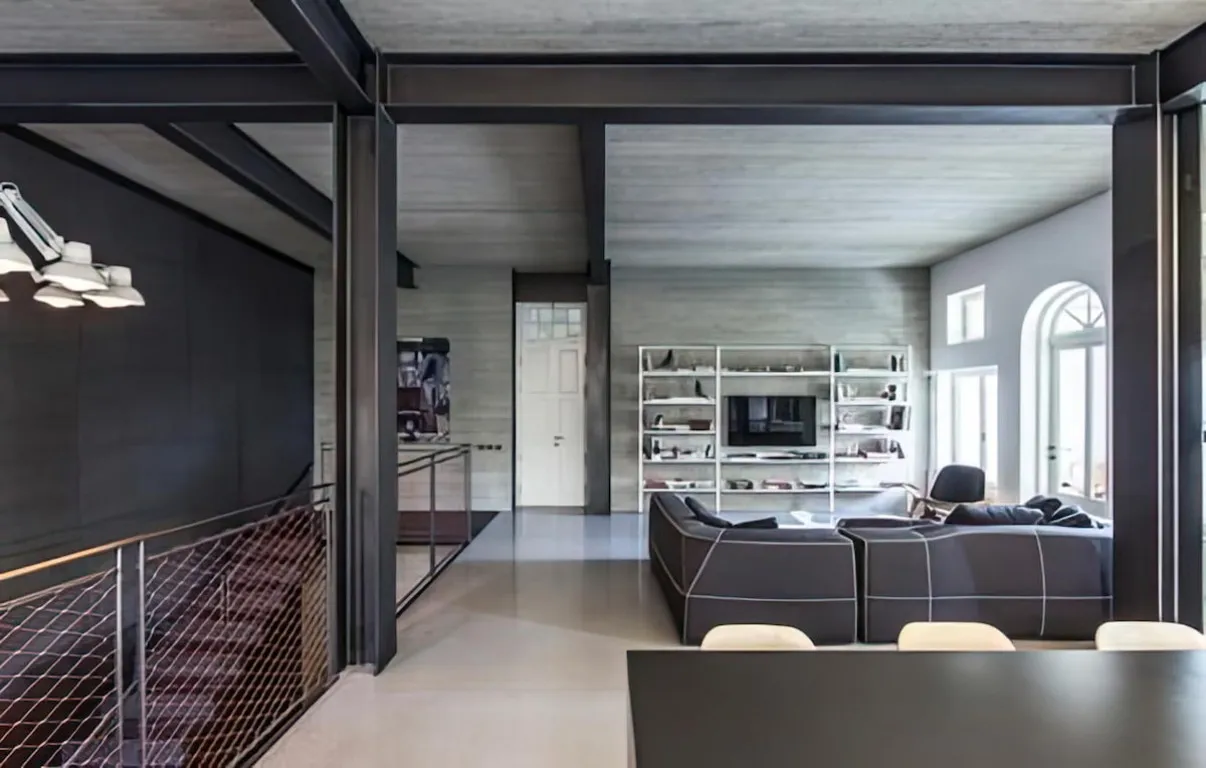Industrial building is a design style that is still in high demand today. Not only used in homes, but the industrial concept is also popular in cafes, restaurants, and office spaces.
The characteristic of industrial buildings lies in their open appearance, using metal materials, concrete, and elements that are usually hidden, such as electrical cables and pipelines.
Want to know more about industrial buildings, from the definition, history, to examples? Let's take a look at the full explanation below.
What Is an Industrial Building?
Industrial building is a design style inspired by the former industrial revolution era factory. Its hallmarks include exposed architectural elements, such as pipe, brick, and concrete, as well as applying a minimalist design with a neutral color palette.
Although the design is simple, the combination of rustic materials in the furniture and lighting accents allows the industrial style to be applied in various spaces. Industrial building designs can be combined with contemporary, mid-century modern, or farmhouse elements to create a cozy atmosphere throughout the home.
History of Industrial Buildings
The concept of industrial buildings, which is now considered modern, originally came from the Industrial Revolution. The first revolution began in the 1760s in Europe and the United States, marked by mass production and factory construction.
Factory architecture at that time used large windows for natural light and ventilation, and exposed brick walls because plaster was considered a fire risk. The second industrial revolution in the 1870s produced larger factories that required strong materials such as concrete and steel that were left exposed.
However, the industrial style only became popular in the 2000s when New York experienced a housing crisis. Many factories were converted into loft apartments with open floor plans that utilized the original structural elements, such as exposed materials and large windows, as an attraction.
More recently, the minimalist design trend has helped drive the re-emergence of industrial style. Rustic elements and the reuse of materials go hand in hand with the minimalist concept, making this style popular not only in urban areas but also in large houses in the suburbs.
Read also: How to Create an Aesthetic Industrial Wall & Design Ideas
Characteristics of Industrial Buildings
Industrial design styles generally use a neutral color palette, such as white, grey, black, and brown. However, several other characteristics are equally important to consider in creating an industrial style. Here are some of the characteristics of industrial buildings.
1. Utilize Iron and Recycled Decorations
One of the characteristics of industrial buildings is the use of metal or iron decorations. These include decorative lamps without a shade, classic iron displays, or even old paint cans repurposed into chairs.
This style also often reuses recycled materials, such as used bookshelves or dining tables, to bring a natural touch amidst the dominance of metal elements.
2. Utilize Natural Lighting
Industrial interior style features the use of large windows to maximize the entry of natural light into the room throughout the day, reducing the need for lights. Even at night, moonlight and stars can be part of the building's ambience.
However, the use of warm white or yellow colored lights is still required at some points to give a warm impression. Hanging Edison bulbs, large metal domes, or chandeliers and floor lamps are often used to accentuate the industrial style.
3. Unfinished Walls
Industrial buildings often feature unfinished walls, such as exposed bricks or unpainted cement, including the ceiling. This look, although half-finished, somehow gives a cool impression.
Unlike other styles that are busy and colorful, industrial designs tend to be simpler with straight and clean lines, often realized through the use of black metal.
4. High Ceilings
A hallmark of industrial buildings is high ceilings without ceilings, which makes the space feel more open and spacious. Elements such as pipes and electrical cables are deliberately left exposed as part of the aesthetic value.
Read also: Industrial House Facade Ideas for a Unique and Modern Look
Advantages of Industrial Buildings
Industrial buildings not only have a unique aesthetic, but also various advantages that make them desirable. This design is perfect for those who want a minimalist yet functional look. Here are some of the main advantages of industrial buildings.
1. It Has a Simple Impression
Industrial design highlights a simple and calm impression through dark colors and dim lighting. The concept is honest and straightforward, featuring elements that are usually hidden, such as cables, pipes, bricks, and unpainted walls. This is a key differentiator from other designs that tend to hide these structures.
2. Environmentally Friendly
The industrial concept is known to be environmentally friendly because it utilizes used items as decor elements. This recycling principle allows materials such as old wooden windows to be reused as displays that turn waste into functional aesthetic pieces.
3. Aesthetic
Industrial buildings are in high demand due to their aesthetic appearance. Not surprisingly, this concept is not only popular for residences, but is also widely applied to cafes, restaurants, and modern office areas.
4. Cost-Effective
Industrial buildings are known to be more cost-effective. This is because the concept does not require processes, such as painting, using gypsum, or skim coating. In addition, the furniture used does not have to be new, used, or recycled items that are still suitable for use, such as tables, chairs, and beds can be utilized.
Examples of Industrial Building Design
After understanding what industrial buildings are, their history, and their various characteristics and advantages, you also need to know how this concept is applied. Here are some examples of industrial building designs that you can use as inspiration.
1. Minimalist Industrial Building
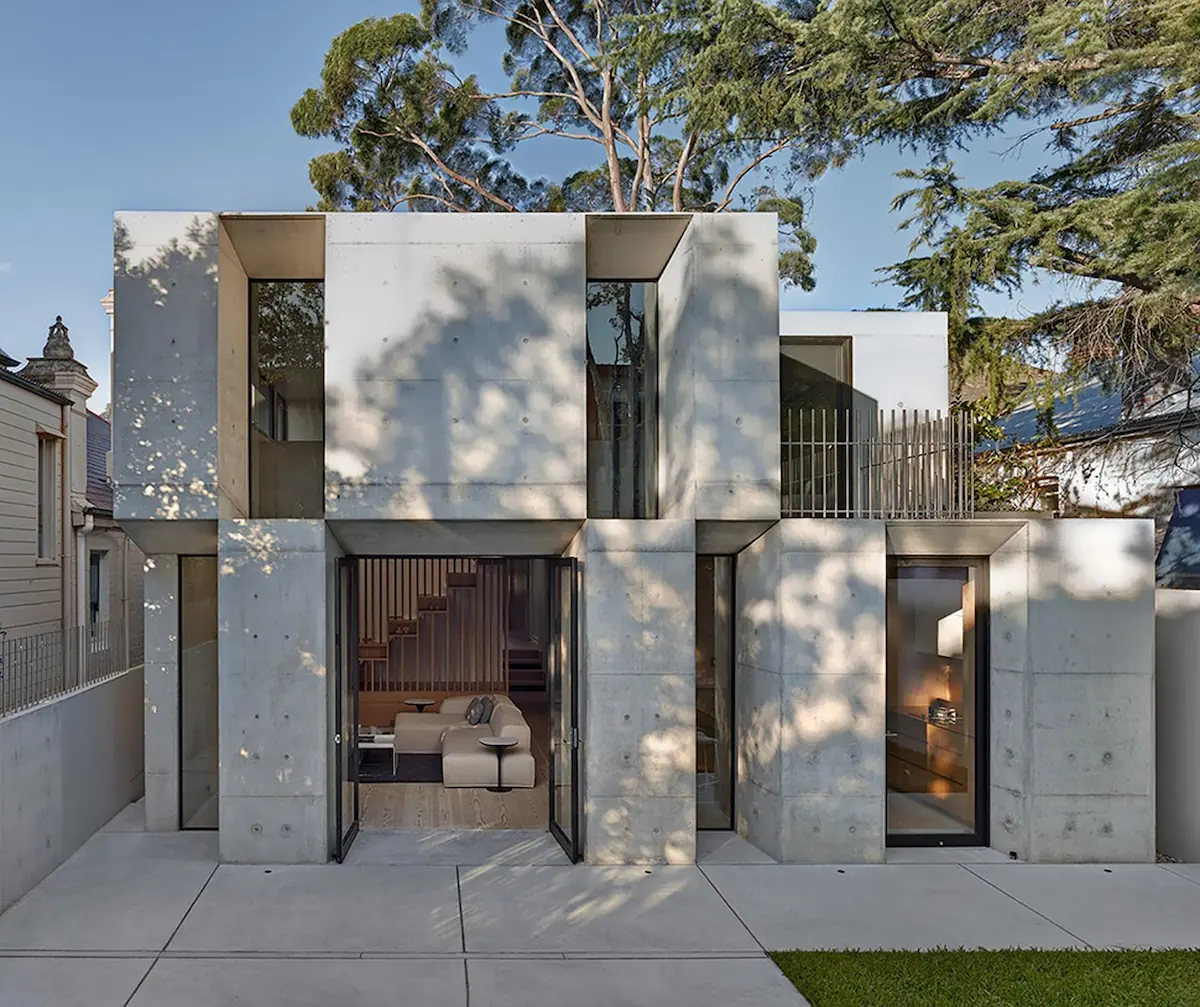
Minimalist industrial houses are easily recognizable by the concrete block walls that are left exposed without paint or plaster, creating a simple yet artistic look when combined with compact furniture.
Aside from aesthetics, concrete blocks are also superior because they are larger and neater, saving on materials and installation time, and are more water-resistant to prevent seepage.
Read also: 6 Industrial Bathroom Ideas and Tips for Decorating Them
2. Using Exposed Cement Walls
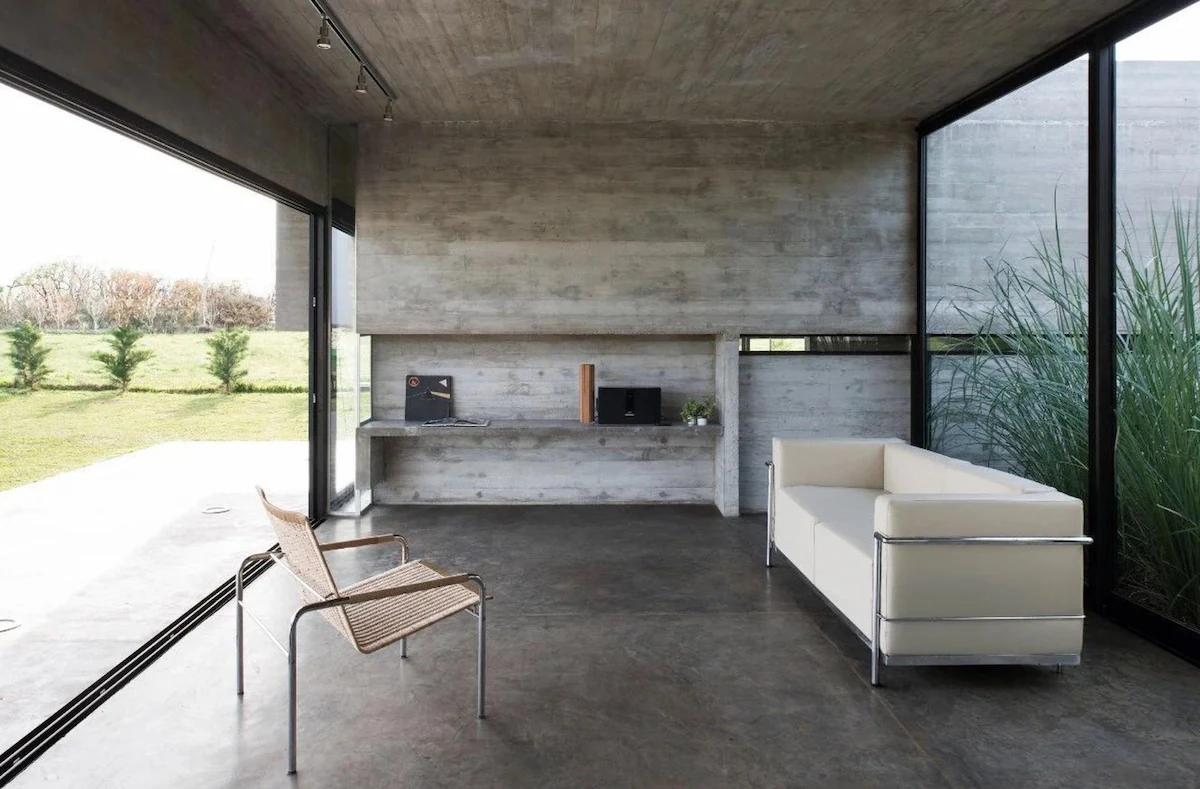
Exposed cement walls can be used to reduce the use of paint, so that it is more cost-effective without losing the industrial feel. This look can be reinforced with black accents on frames, doors, or furniture, as well as additional cabinets with iron frames.
3. Use of Wood Motif Materials
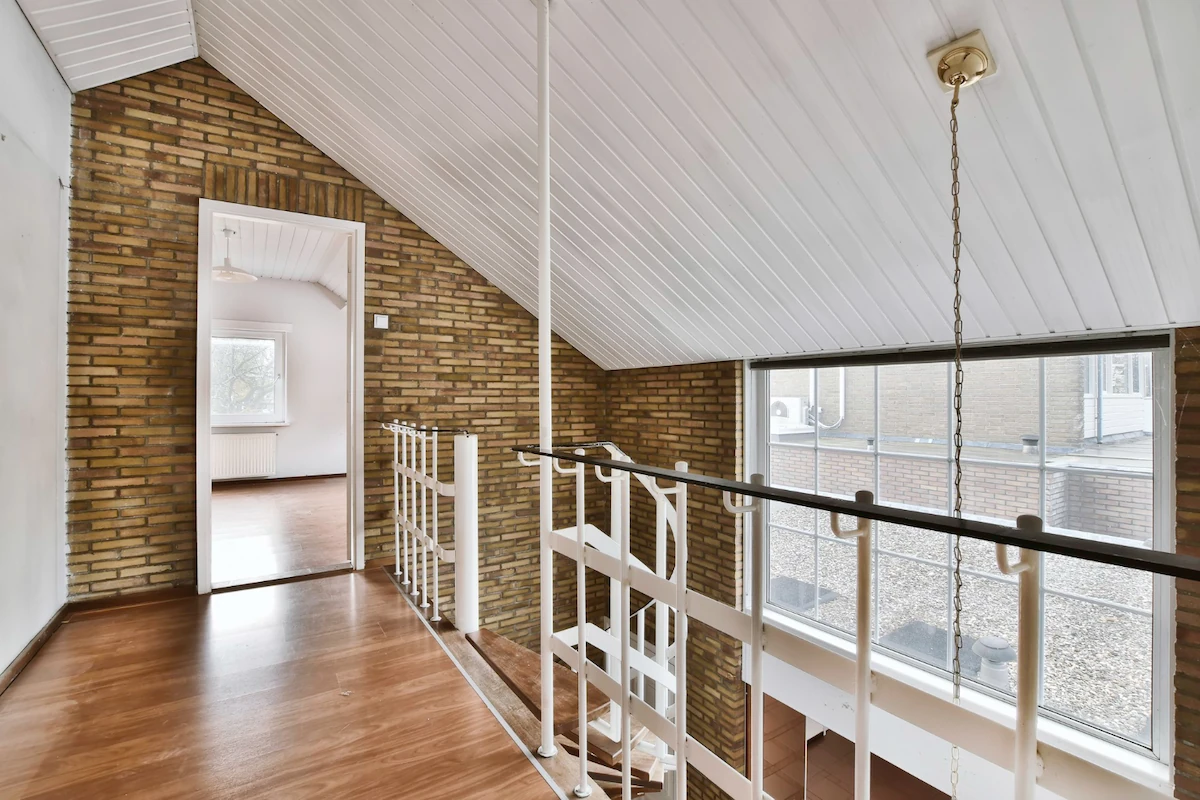
Although industrial buildings ideally use natural materials, such as real wood, which has a relatively high price, there are more effective alternatives. For the floor, you can use wood-patterned tiles, while on the walls, wood-patterned wallpaper can be utilized to still give a similar impression.
4. Leave Cables and Pipes Exposed
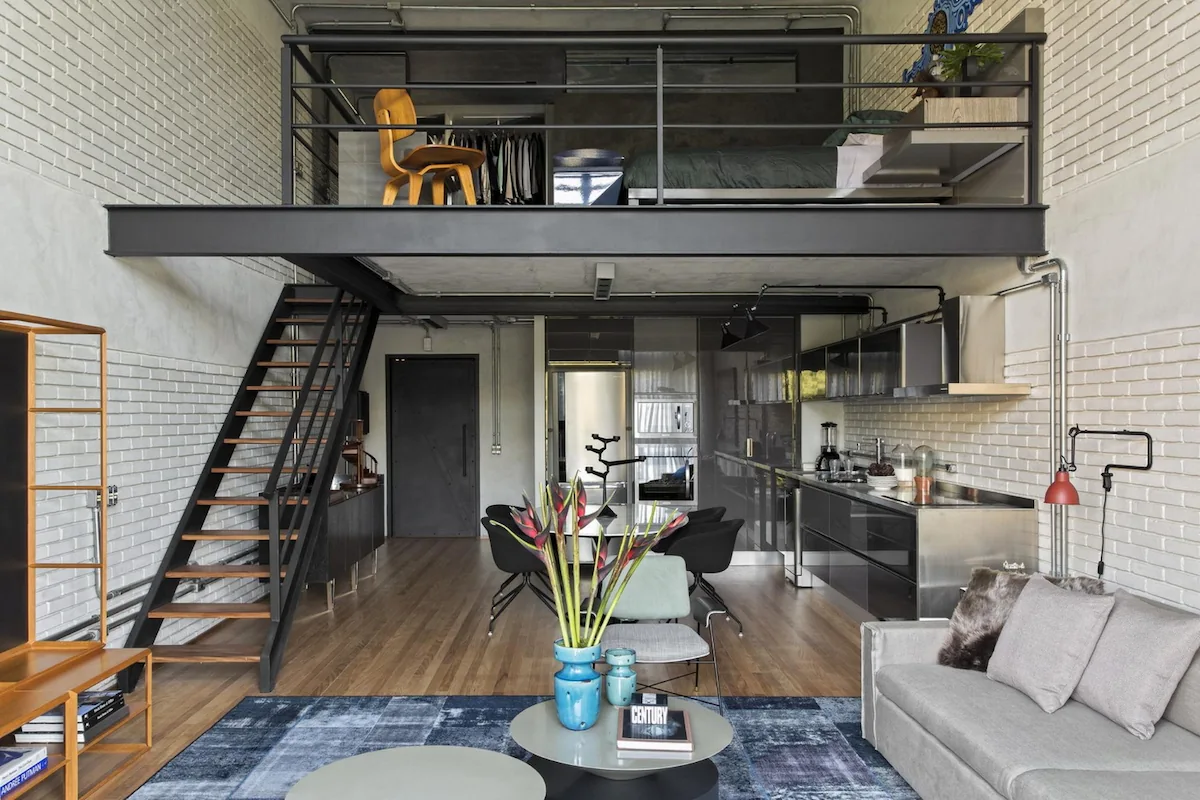
Unlike most designs that hide cables, industrial concepts leave them exposed, often with PVC covers and painted to match the walls to reduce break-in costs. This also applies to water and air pipes, but make sure to use quality pipes to avoid leaks.
5. Use of Cement Flooring
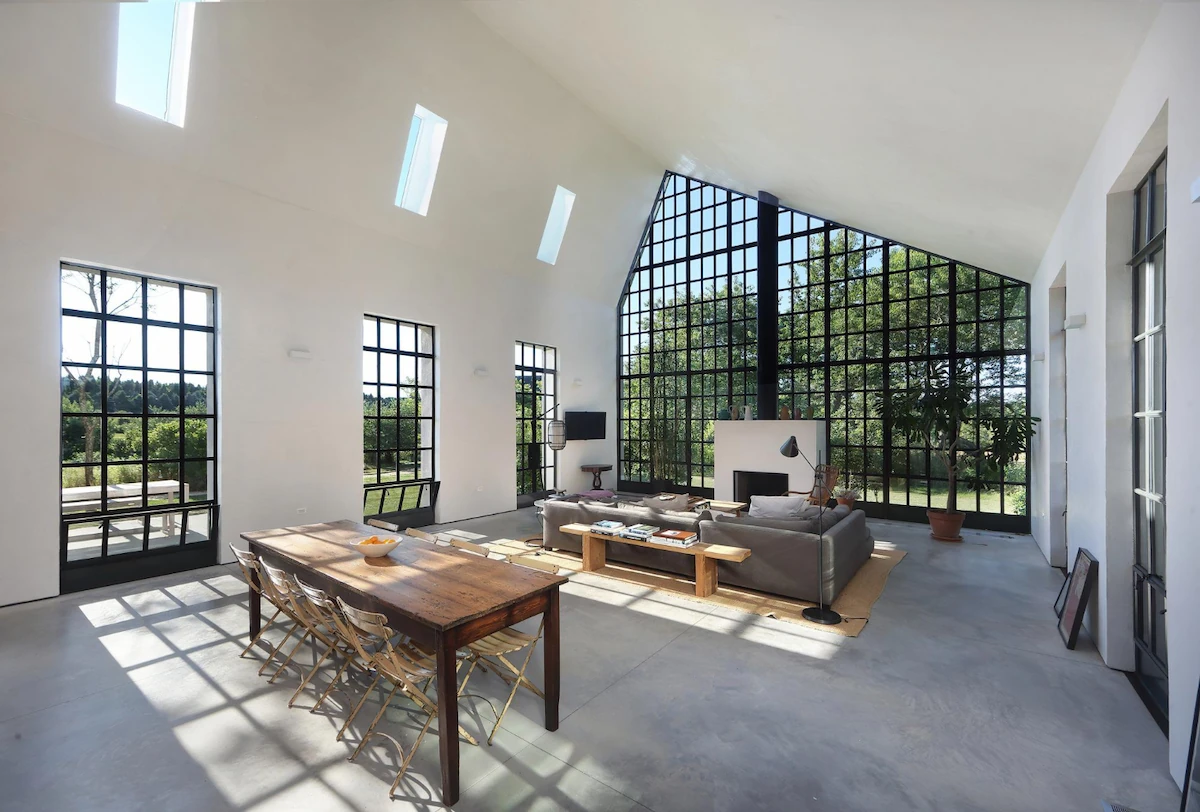
The application of exposed cement flooring is an important element for economical industrial design. This unfinished floor is attractive and practical, and is more cost-effective than ceramic or parquet. To make it more resistant to friction, easy to clean, and protected from moisture and extreme weather, we recommend coating the exposed cement with a special liquid coating.
That's an explanation of industrial building, from its history to examples of its application. This style not only features a unique and minimalist aesthetic but also emphasizes the strength of the building structure.
Therefore, the selection of quality materials, especially cement, is important in realizing a sturdy and durable industrial building. If you are working on a construction project, choosing the right cement is a crucial step, whether for the foundation, walls, or main structure.
In this case, Semen Merah Putih comes with the latest innovation through cement products based on the latest technology. We are committed to providing the best construction solutions for your industrial building through Semen Merah Putih Watershield products to ensure your building is stronger, waterproof, and durable.
Semen Merah Putih Watershield is equipped with a water repellent feature that provides extra protection against water seepage and moisture, thus ensuring the structure remains dry, healthy, and durable in various weather conditions when compared to ordinary cement.
Interested in using the best and high-quality material for your project? Contact us and get more information about Semen Merah Putih products for your industrial home facade needs!
Read also: 11 Low-Budget Industrial House Designs: Aesthetic & Stylish
